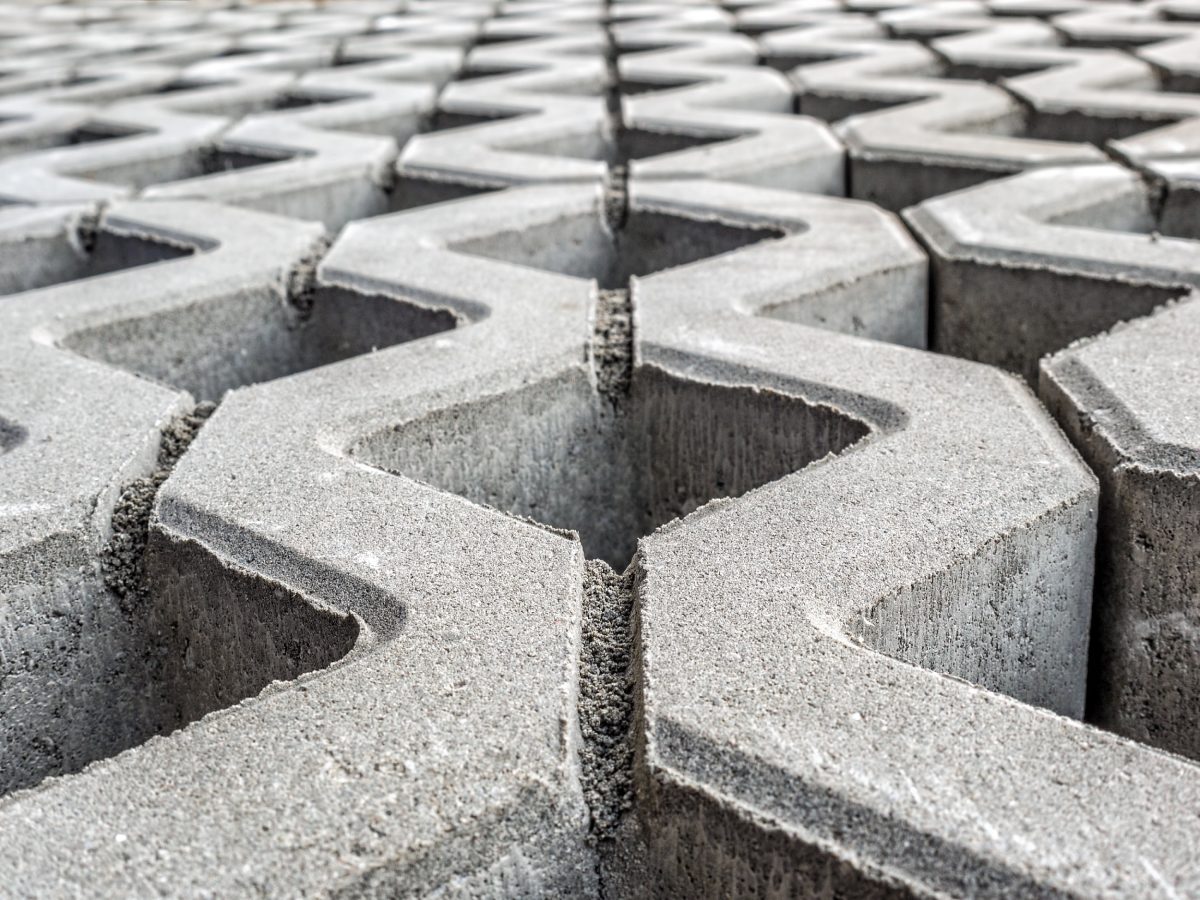
Patrick Flannigan, technical manager of the Concrete Business Unit at CHRYSO Southern Africa.
Patrick Flannigan, technical manager of the concrete business unit at CHRYSO Southern Africa, explains that there are two categories of accelerator – chloride and non-chloride. While chloride-based accelerators are usually the first choice, they cannot be used if there is steel in the structure or where steel reinforcing is present due to the risk of rust, corrosion and degradation.
“If there is steel reinforcing in the concrete, then a non-chloride accelerator must be selected,” says Flannigan.
Regarding the use of accelerators in readymix concrete that must travel varying distances to site, he points out the accelerator is best applied once the readymix has arrived on the customer’s site. After it is added to the concrete in the mixing truck, it needs to be thoroughly mixed for 5 to 10 minutes before being poured. The admixture gives operators a good 30 to 40 minutes of workability before the accelerated hydration begins, depending on the type of concrete mix.
Another growing benefit of accelerators has emerged as a result of the global sustainability drive, he says, as cement producers, contractors and other customers aim to reduce their carbon footprint. This trend has seen the increased use of extenders such as fly ash and granulated slag in cement.
“The fly ash and slag only start working once there is an initial hydration of cement,” he says. “This means that the early strength of a concrete mix will be delayed when there are extenders added.”
The accelerating admixture overcomes this initial delay in the early setting, allowing users to achieve their sustainability goals without compromising on speed of the curing process.
More news
- PART 2: CONCRETE IN THE DESIGN OF A UNIQUE LUXURY HOME IN GEORGE, SOUTH AFRICA
- PART 1: CONCRETE IN THE DESIGN OF A UNIQUE LUXURY HOME IN GEORGE, SOUTH AFRICA
- MVULE GARDENS, AFRICA’S LARGEST 3D-PRINTED AFFORDABLE HOUSING PROJECT
- PART 3: HARNESSING THE POTENTIAL OF HIGH SULPHUR FLY ASH IN CONCRETE PRODUCTION
- PART 2: HARNESSING THE POTENTIAL OF HIGH SULPHUR FLY ASH IN CONCRETE PRODUCTION



